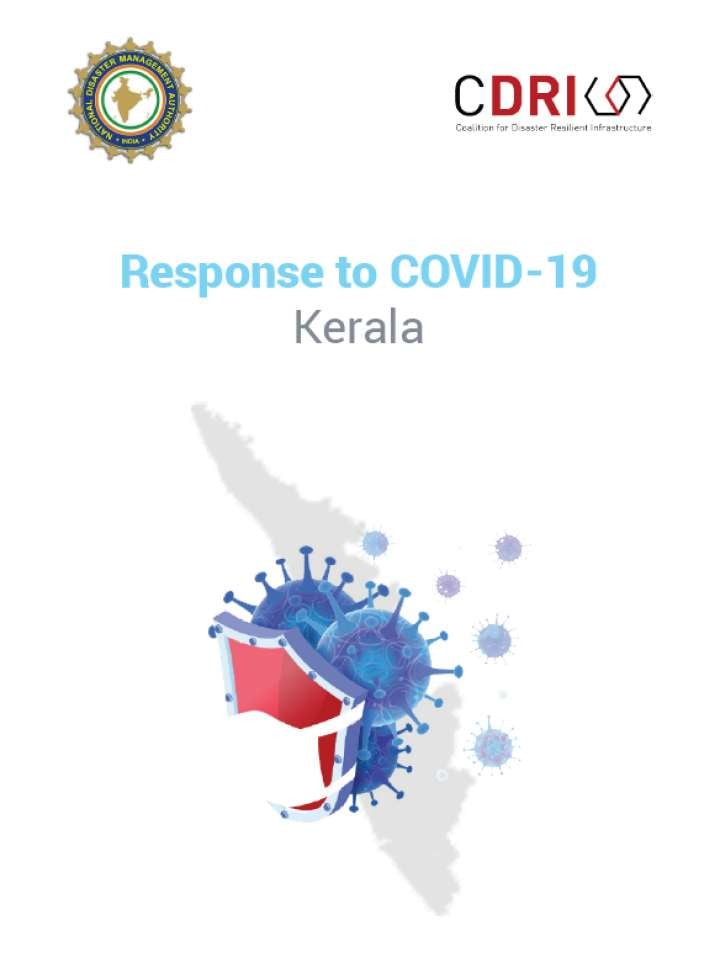Response to COVID-19: Kerala, India
The coronavirus disease 2019 (COVID-19) pandemic has had an unprecedented global impact. Since its onset, the Government of India, State Governments and local authorities have been directing all their efforts towards handling the crisis. The National Disaster Management Authority (NDMA) with the Coalition for Disaster Resilient Infrastructure (CDRI) will be releasing a series of articles on case studies of response actions for COVID-19. These articles illustrate the approaches and strategies adopted across many Indian cities and states. The articles cover initiatives adopted towards controlling the spread of the virus, ranging from technological interventions, communication strategies, multi-sectoral governance mechanisms, and community participation.
Third in this series of articles on response actions on COVID19 in Indian cities and states, here is Kerala’s story. Kerala, located on the southwestern end of the Indian subcontinent, is divided into 14 districts in terms of administration. Its population of around 35 million people, is marginally less than that of Canada, living in less than 1/200 of geographical area. The state is unique, with the highest literacy rate in the country and noteworthy achievements in education, health and social justice. It also sends many workers out into the world, as part of India’s diaspora, contributing in the fields of healthcare and engineering, among other sectors.
Explore further
